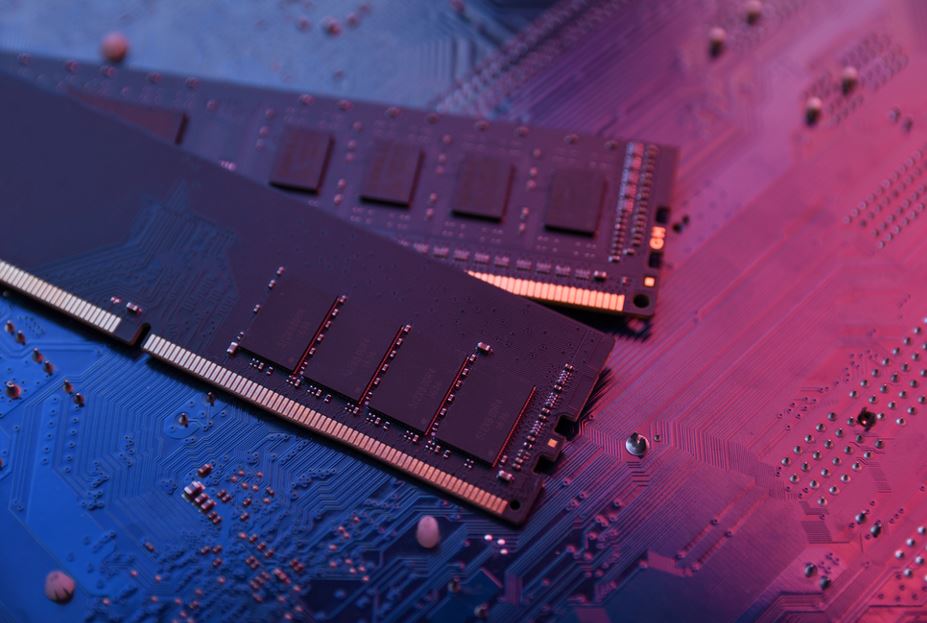No products in the cart.
How to Choose the Right Server Memory
In the realm of computing, server memory is the unsung hero that can dramatically improve server performance, multitasking capabilities, and the overall efficiency of IT operations. For IT professionals, server administrators, small business owners, and tech enthusiasts alike, understanding how to choose the right server memory is pivotal to optimizing both current and future infrastructure needs.

Importance of Server Memory in Optimizing Performance
Server memory is crucial because it serves as the temporary storage area where the server processes and accesses data for all active tasks. Unlike permanent data storage solutions like SSDs or HDDs, server memory (also known as RAM) is volatile, meaning it only retains data while the server is powered on. High-quality server memory ensures that your server can handle multiple processes simultaneously without a hitch, allowing for a smooth and efficient workflow.
Types of Server Memory
The server memory market offers an array of options, each designed for different types of server environments. Dell provides top-notch offerings, such as the 00221P, a 64MB 100MHz PC133 ECC Registered 168-Pin DIMM Memory Module, leveraging the latest DDR4 technology. This module boasts higher density and increased speed, leading to better performance and lower power consumption compared to its predecessors. Additionally, Dell presents the 024343, a 128MB Memory DIMM tailored for PowerEdge 6350 servers.
DDR4 Memory
The latest standard of DRAM technology, DDR4, boasts higher module density and increased speed, leading to better performance and lower power consumption compared to its predecessors.
ECC Memory
Error-correcting code (ECC) memory is a type of RAM that includes an error detection mechanism, reducing data corruption and system crashes by correcting errors on the fly.
Registered Memory
Also known as RDIMM, this memory has additional hardware registers that stabilize the commands and data by acting as buffers. This type is favored in servers that require stable, reliable performance under load.
Factors to Consider While Choosing Server Memory
When selecting server memory, there are several factors that demand careful consideration:
Capacity
Assess your workload to determine how much memory you need. Server applications that handle databases, virtual machines, or intensive computing tasks demand more RAM.
Compatibility
Memory must be compatible with your server hardware and motherboard. Check the server’s specification or motherboard manual to confirm which memory types, speeds, and sizes are supported.
Performance
Speed and latency are key indicators of performance. Speed (measured in MHz) dictates how fast the memory operates, while latency refers to how quickly it responds to requests. Lower latency and higher speed generally equate to better performance.
Budget
Higher capacity and faster memory usually come with a steeper price tag. Balance your performance requirements against your budget to find a cost-effective solution.
Impact on Performance
Rapid access to data is critical for server tasks. Adequate server memory ensures swift data turnover, preventing bottlenecks that could hamper responsiveness and hinder multitasking capabilities. Choosing the right memory configuration allows your server to run applications smoothly, handle larger datasets, and meet the demands of your specific workloads.
Best Practices for Choosing Server Memory
To navigate the myriad of options effectively:
Do Your Homework
Research is key. Understand the specific demands of your server’s workload and read up on the latest memory technologies.
Seek Expert Advice
Don’t hesitate to consult with seasoned IT professionals or hardware experts. Check online forums, product reviews, and industry best practices.
Plan for the Future
Consider your server’s future scalability. Opt for a memory configuration that allows for future expansion to extenuate the need for a complete system overhaul down the line.
Learn more, Cache Memory Types: Differences Between L1, L2, and L3 Cache
Conclusion
Selecting the correct server memory is a strategic decision that significantly impacts the performance, reliability, and scalability of your server setup. Through careful consideration of capacity, compatibility, performance, and budget, alongside adherence to best practices, you can ensure that your investment in server memory yields the maximum benefit for your technology infrastructure.
To continue delivering peak performance and to stay ahead in a rapidly evolving digital landscape, always remember that your server’s memory is just as vital as the processor or storage components. Make informed choices and your servers will handle their tasks more efficiently, driving productivity and success in all your computing endeavors.

